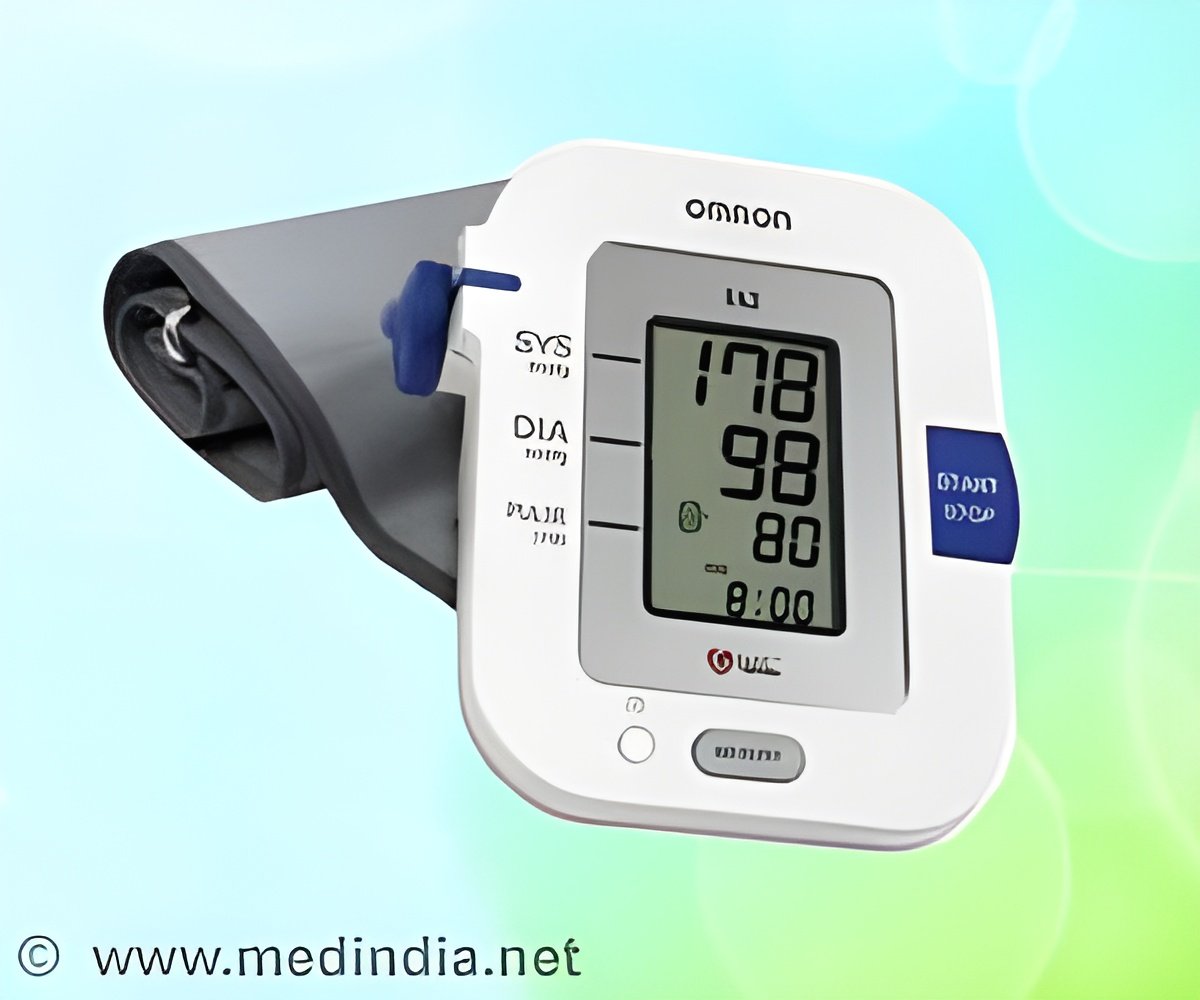Body motion sensors have not been widely used due to their complexity and cost of production, although they already exist in different forms.

"Until now, no such sensor has been produced that meets needs and that can be easily made. It sounds like a simple concept, but our graphene-infused rubber bands could really help to revolutionize remote healthcare," said Dr Alan Dalton from the University of Surrey.
Co-author, Professor Jonathan Coleman from Trinity College, Dublin commented, "This stretchy material senses motion such as breathing, pulse and joint movement and could be used to create lightweight sensor suits for vulnerable patients such as premature babies, making it possible to remotely monitor their subtle movements and alert a doctor to any worrying behaviours."
"These sensors are extraordinarily cheap compared to existing technologies. Each device would probably cost pennies instead of pounds, making it ideal technology for use in developing countries where there are not enough medically trained staff to effectively monitor and treat patients quickly."
Source-Eurekalert










